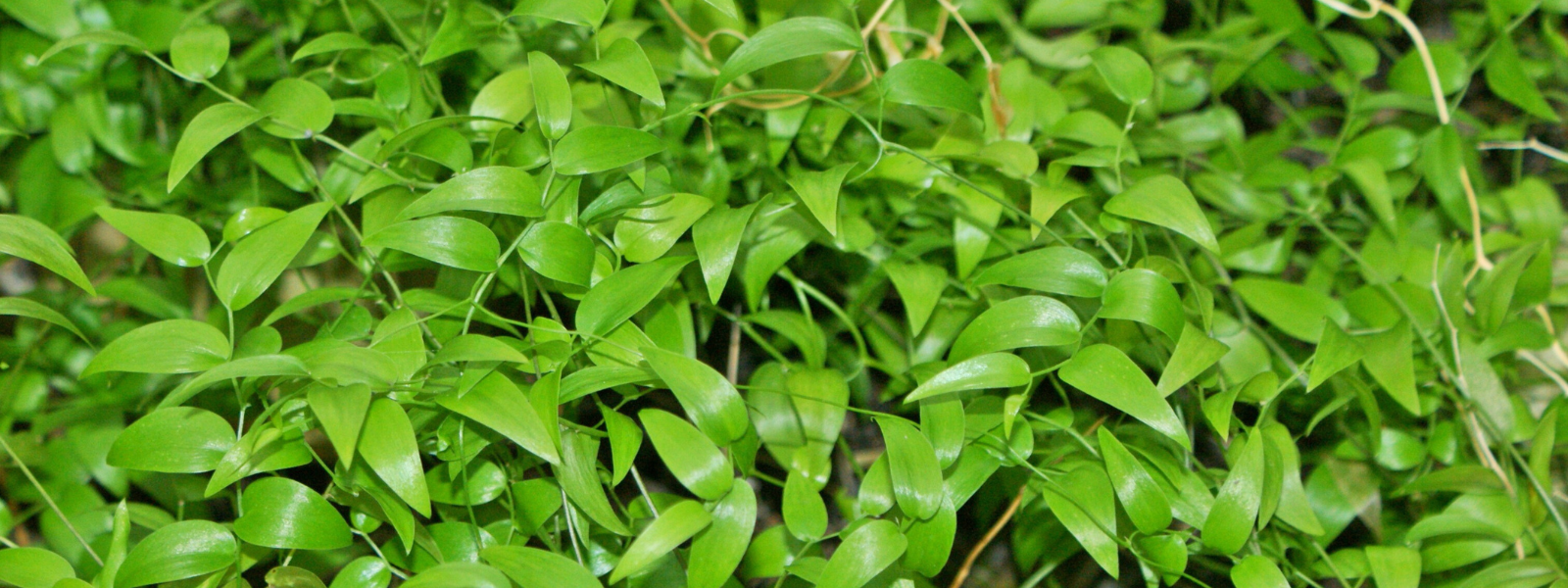
Common Name
Bridal Veil Creeper, Smilax, Florist's Smilax, Smilax Asparagus
Scientific Name
Asparagus asparagoides
Family
Asparagaceae
Lifecycle
Perennial
Seasons of Growth
Year-round
Key Distinguishing Feature
Twining vine with small white flowers
• Growth Form: Bridal Creeper is a climbing or trailing vine with long, slender stems that can reach several meters in length. It climbs using tendrils.
• Leaves: The leaves are small, scale-like, and needle-like, resembling the foliage of conifers. They are arranged alternately along the stems.
• Flowers: The small, white, star-shaped flowers are produced in clusters.
• Berries: The plant produces small, red berries that are mildly toxic to humans and wildlife.
• Habitat: Bridal Creeper is often found in forests, woodlands, and along roadsides. It has invasive tendencies in some regions.
Ecological Impact:
• Bridal Creeper is considered an invasive species in many regions, particularly in Australia, where it can form dense mats and smother native vegetation.
• It can alter ecosystems by displacing native plants and reducing biodiversity.
Control Methods:
• Control of Bridal Creeper can be challenging due to its aggressive growth and underground tubers, which can resprout.
• Mechanical control methods include hand-pulling, cutting, and removing all plant parts. It is important to dispose of the removed plants properly to prevent regrowth.
• Herbicides may be used for control, but care must be taken to use them safely and effectively, following local regulations.
• Biological control agents, such as insects and pathogens, have been explored as potential long-term management strategies.
Bridal Creeper is a problematic invasive species in regions where it has established itself, and effective management is essential to prevent its further spread and protect native ecosystems. Local authorities and environmental agencies often provide guidance on the best control practices for this invasive vine.




